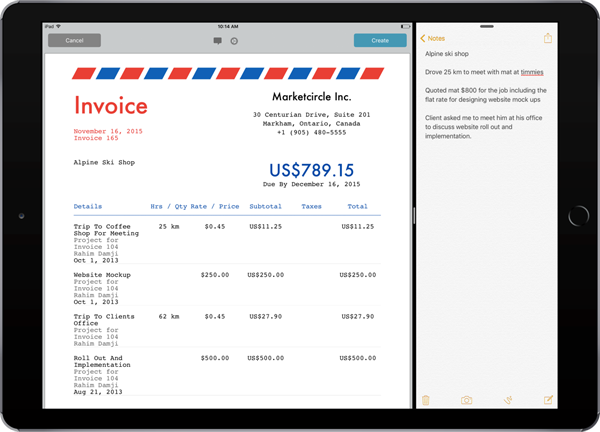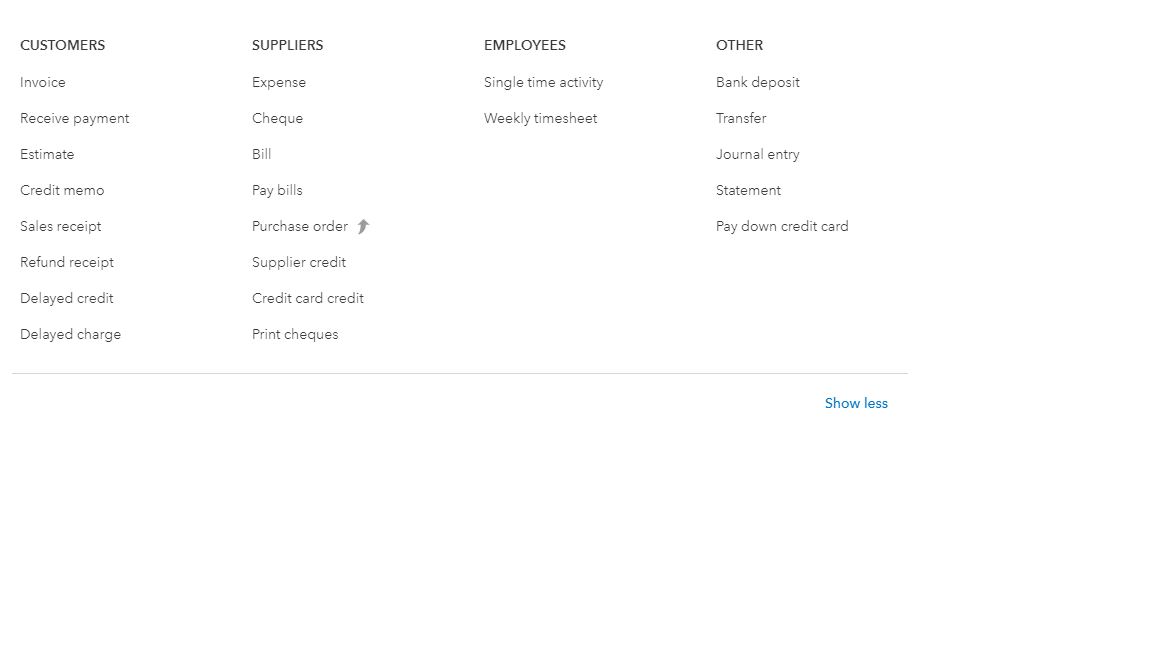
Make sure the correct email address is associated with each customer’s account and that you regularly check for “unviewed” invoices. That’s a signal that they’re not being received or reviewed. Look for an automated system that can be set to flag and alert you when invoices have gone unviewed for a certain period of time. While the language used on your invoices may be clear enough to you (we performed X job in exchange for X number of dollars), your customers may view that messaging through a different lens. This can lead to confusion over invoices, and it’s especially problematic if you are selling multiple different products or services to the same customer, and invoicing them multiple different times.Ĭircumvent this problem by being as clear as possible with your invoicing language and format and by using the original purchase order (PO), job quote or other documentation to come up with your descriptions. By making the invoice as simple to understand as possible, the approval process will go more smoothly because both the accounting department and the approver understand exactly what they’re paying for. If you want your invoices to be paid on time and without the need for additional human intervention, they have to be accurate. When the data that customers require to be able to process invoices is missing, there’s a good chance your payment will fall to the back of the line until someone figures out the problem.įor example, instead of simply using “upon receipt” as a due date, be very specific about exactly when an invoice is due. That will help your customers manage their own payment schedules without having to guess at when an invoice is actually due. Note any discounts or incentives for paying early as well as late penalties and types of payments accepted. Having consistent, updated data across your systems is crucial, which is why it helps to have an enterprise resource planning system (ERP) to tie it all together.



Settings that the account holder may choose to provide to you include:

If you are a collaborator (for example, an payment application contact employed by a company performing work on a project managed in Procore, your ability to perform invoice-related tasks is determined by the Procore company account holder.See What dictionaries and languages are available in the Procore web application? Procore tool names vary, depending on the language or point-of-view dictionary configured in Procore. Access permissions to the Payment applications & Progress Billings tools are governed by the permissions set on the Commitments and/or Client Contracts, Funding or Main Contracts tool.


 0 kommentar(er)
0 kommentar(er)
